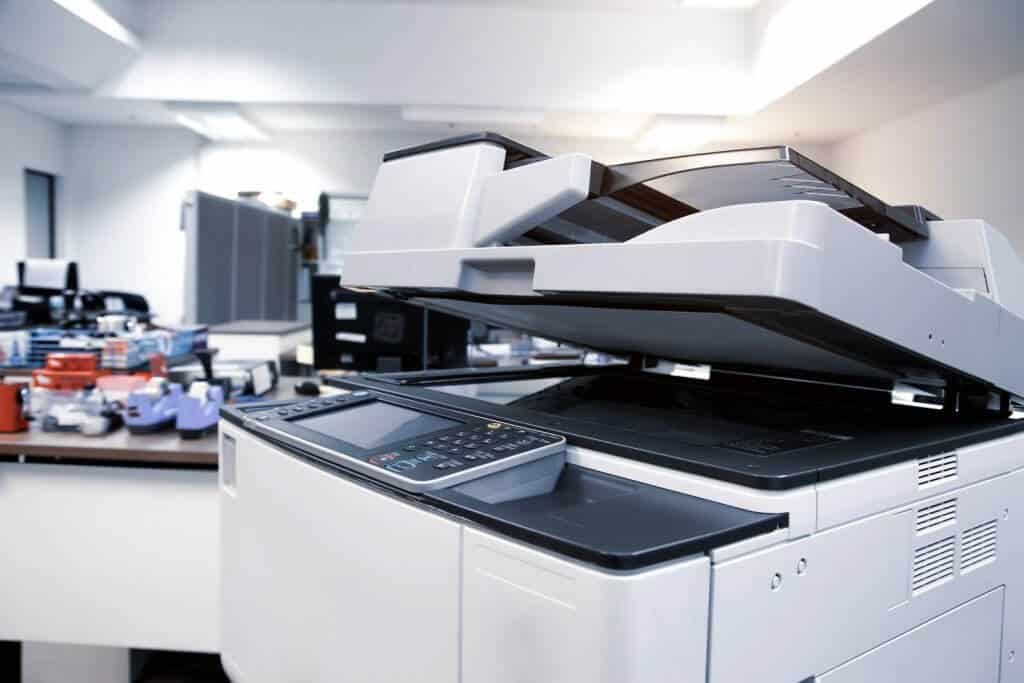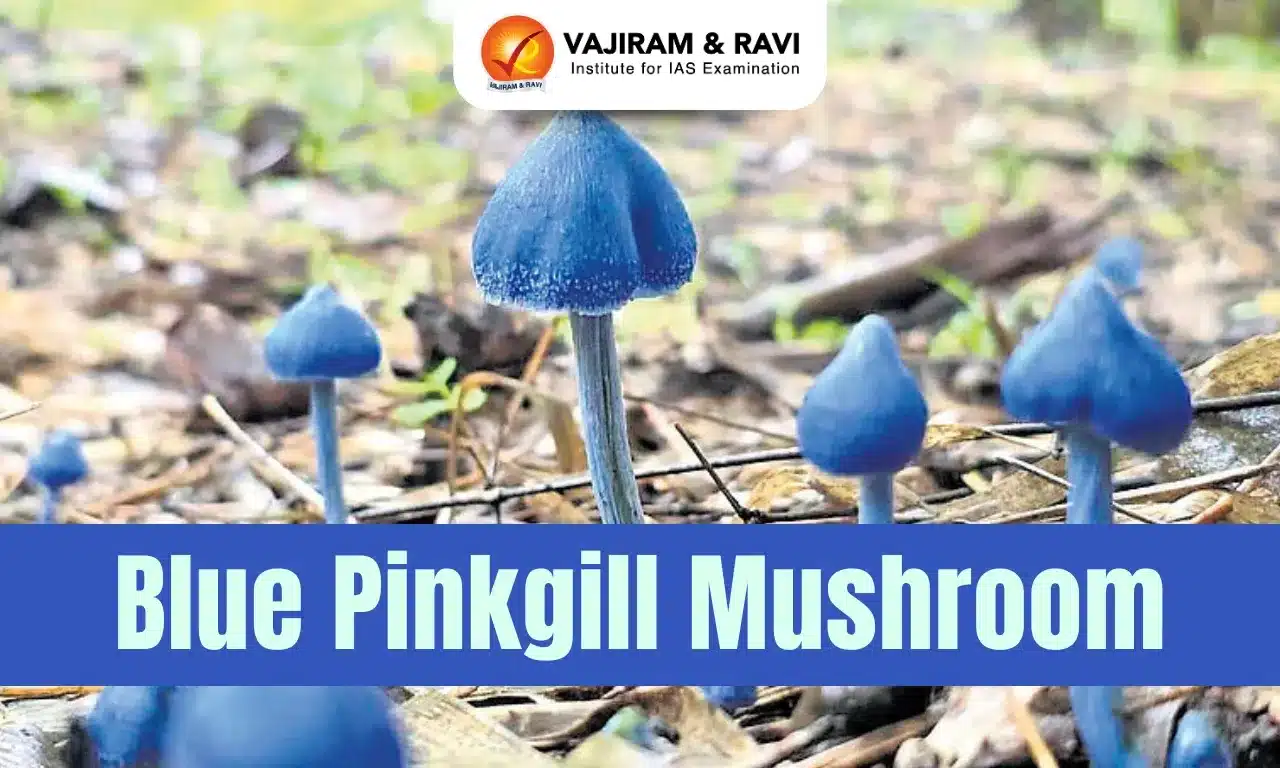About Photocopying
- It is a set of techniques with which to duplicate some content using, among other things, light. However, the contemporary colloquial use of the word ‘photocopying’ refers almost exclusively to xerography.
- Both the word ‘xerography’ and the name ‘Xerox’ come from the Greek root-word ‘xero’, meaning ‘dry’.
- This is because xerography is a type of photocopying method whose process doesn’t involve messy liquid chemicals.
- Xerographic machines are in ubiquitous use around the world today to quickly and cheaply reproduce printed material.
How does xerography work?
- Xerography has a few basic elements.
- Photoconductive surface: A surface coated with a photoconductive material. Such a material, when exposed to light, allows electrons to flow through it (i.e. conducts electricity) but blocks them when it’s dark.
- This surface is negatively charged by placing a thin negatively charged wire with a high voltage next to it.
- Then, the sheet of paper to be copied is illuminated with a bright light. The darker parts of the paper – where something is printed, i.e. – don’t reflect the light whereas the unmarked parts do.
- This reflected light is carried by lenses and mirrors to fall on the photoconductive surface.
- In the parts of the surface where light falls, the photo conducting material will become conductive and allow the electrons near its surface to dissipate downwards (into a grounding).
- So the parts that remain negatively charged at the end of this step will correspond to parts of the paper-to-be-copied (TBC) where something was printed.
- Next, a powdery substance called toner is applied to the surface.
- The toner is positively charged, so it will settle where negative charge persists on the surface.
- The surface then transfers the pattern of toner on it to a sheet of paper. The paper has a stronger negative charge that causes the toner to jump.
- Finally, the toner is heated so that it melts and fuses with the paper. This is the paper that rolls out of the photocopying machine, the whole process having been completed in a few seconds.
- In practice, a rotating drum is used instead of a flat surface, and the paper TBC is illuminated by a flashing or stroboscopic light or a moving scanner.
Q1) What are Electrons?
Electrons are subatomic particles that orbit the nucleus of an atom. They carry a negative electric charge, and they are a fundamental component of all matter. Electrons are one of the three main types of subatomic particles in an atom, alongside protons and neutrons.
Last updated on July, 2025
→ UPSC Notification 2025 was released on 22nd January 2025.
→ UPSC Prelims Result 2025 is out now for the CSE held on 25 May 2025.
→ UPSC Prelims Question Paper 2025 and Unofficial Prelims Answer Key 2025 are available now.
→ UPSC Calendar 2026 is released on 15th May, 2025.
→ The UPSC Vacancy 2025 were released 1129, out of which 979 were for UPSC CSE and remaining 150 are for UPSC IFoS.
→ UPSC Mains 2025 will be conducted on 22nd August 2025.
→ UPSC Prelims 2026 will be conducted on 24th May, 2026 & UPSC Mains 2026 will be conducted on 21st August 2026.
→ The UPSC Selection Process is of 3 stages-Prelims, Mains and Interview.
→ UPSC Result 2024 is released with latest UPSC Marksheet 2024. Check Now!
→ UPSC Toppers List 2024 is released now. Shakti Dubey is UPSC AIR 1 2024 Topper.
→ Also check Best IAS Coaching in Delhi















